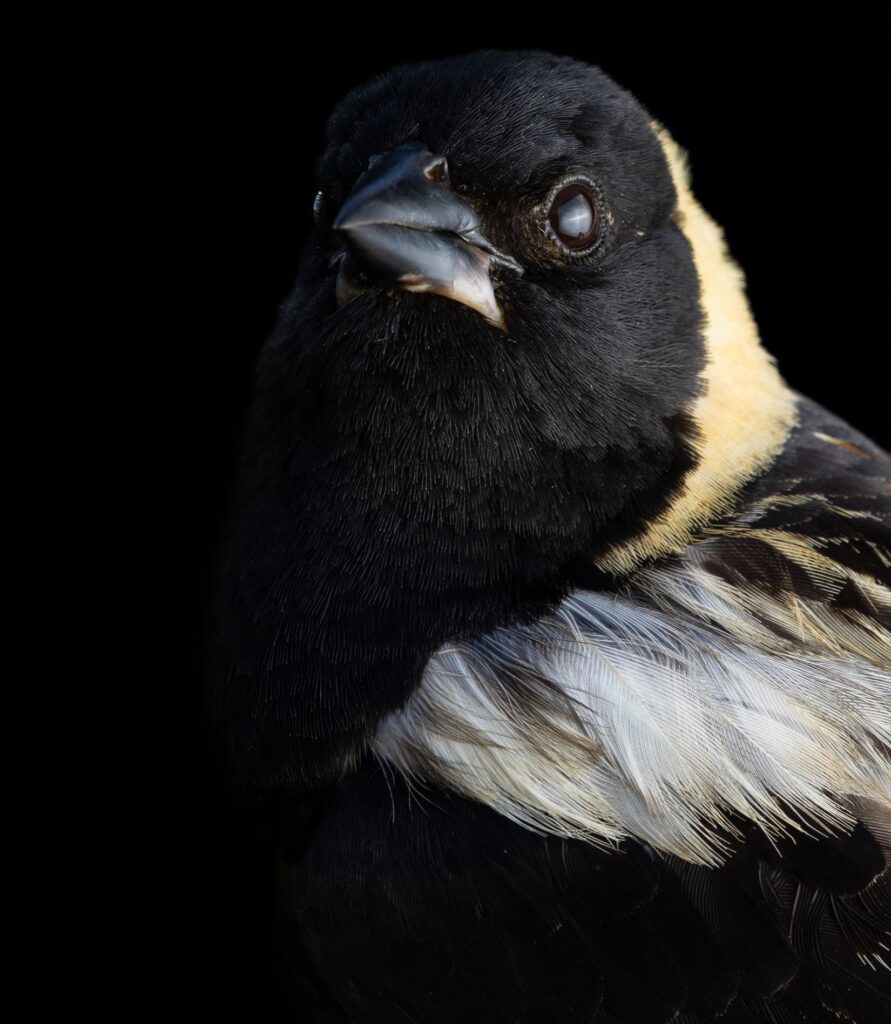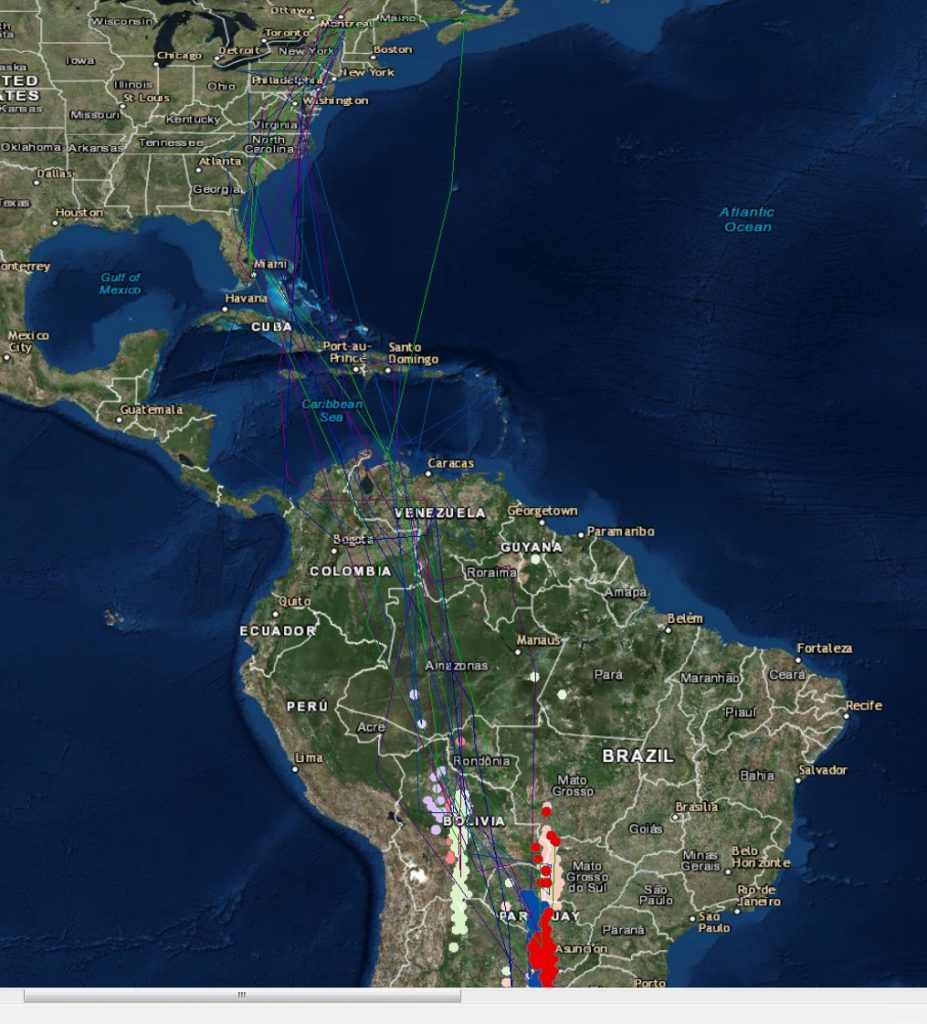

This project started in 2002 to answer a fairly simple question—how do grassland songbirds respond to hayfield mowing while they are breeding in the field? Over this time we have found ~4000 Savannah Sparrow and Bobolink nests and banded around 12,000 adults and nestlings. We quickly discovered that the management effects were clear (total nest failure), but individual bird’s responses to the effects were complex and fascinating. As a result, the work has evolved into a project that uses field study, tracking technology and genetic techniques to look at diverse ecological and evolutionary questions (see publications here). The applications have stretched into conservation, working with the Vermont Natural Resource Conservation Service (USDA) to create a successful and broadly deployed haying program for intensive dairy farms that balances both bird and farmer needs.
Today, the project, known as the Bobolink Odyssey, is a long-term life-cycle study. In this study system, nestlings of both species and sexes return to breed at a very high rate on or very near the fields they were born. This behavior allows us to track lineages of birds, a highly unique opportunity for migratory songbirds. Our goal is to follow these lineages for as long as they last, and to know everything we can about them: number of offspring produced, annual survival, dispersal within the landscape, mate selection, timing and location of nesting, and perhaps most fantastic, migration. We continue to track Bobolinks and Savannah Sparrows with geolocators and other mind-blowing technologies like satellite tags and nanotag.
Many project collaborators including: Allan Strong, University of Vermont, Steve Travis, University of New England, Toby Alexander, NRCS Vermont, Adrienne Kovach, University of New Hampshire, Patty Parker, University of Missouri StL, and Roz Renfrew.

